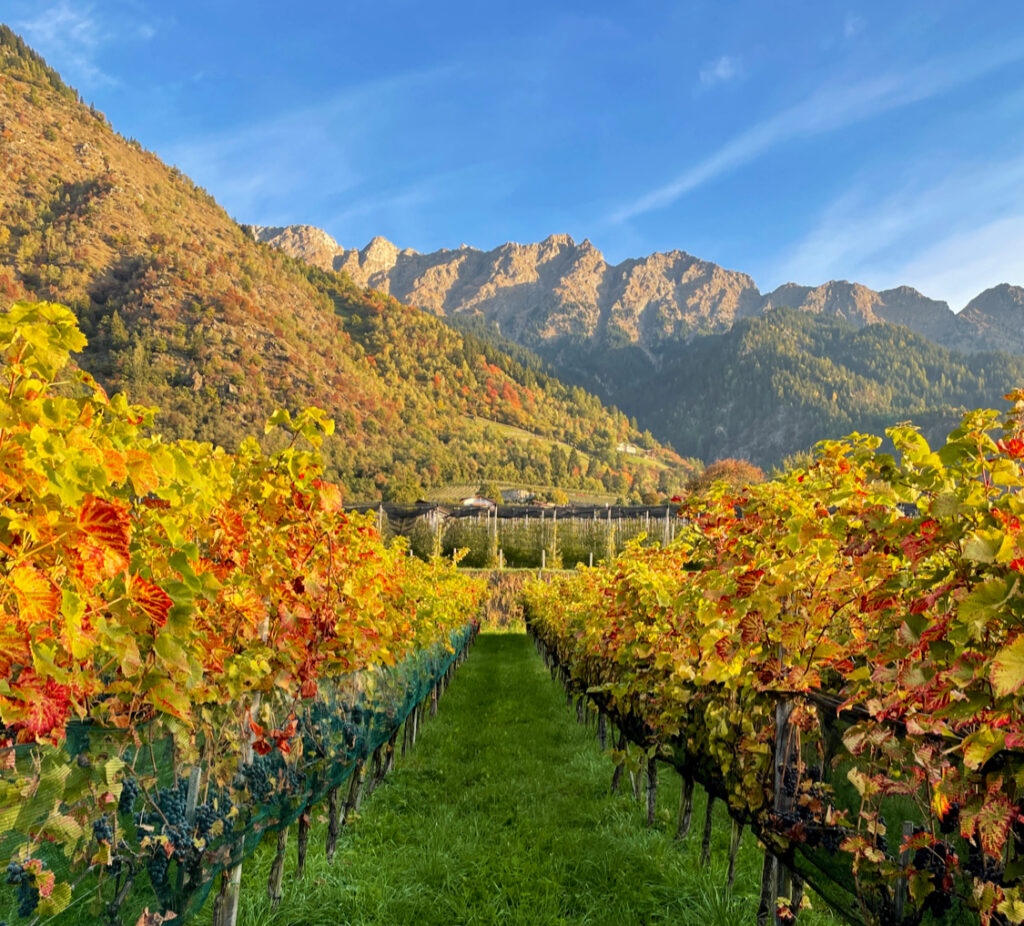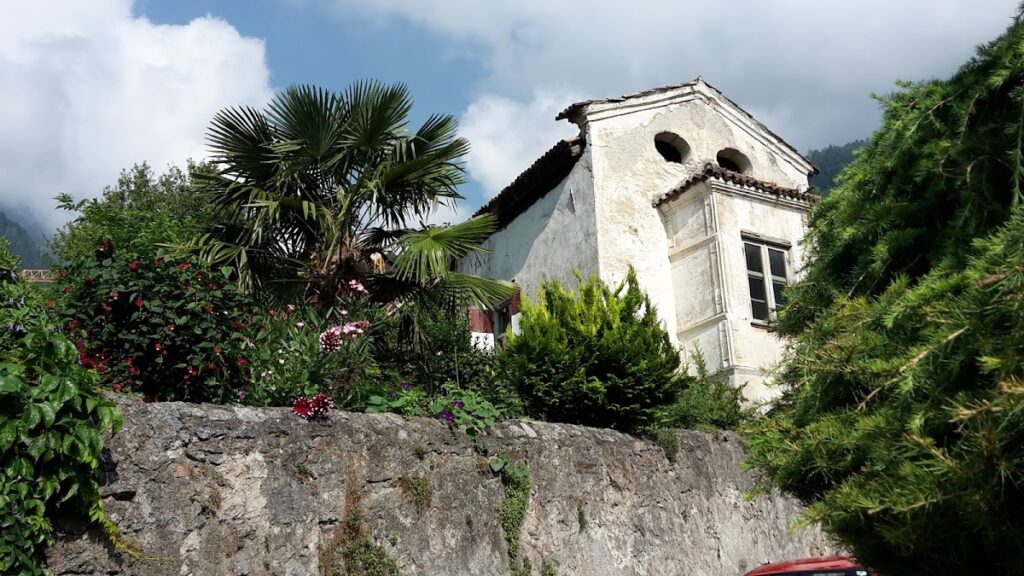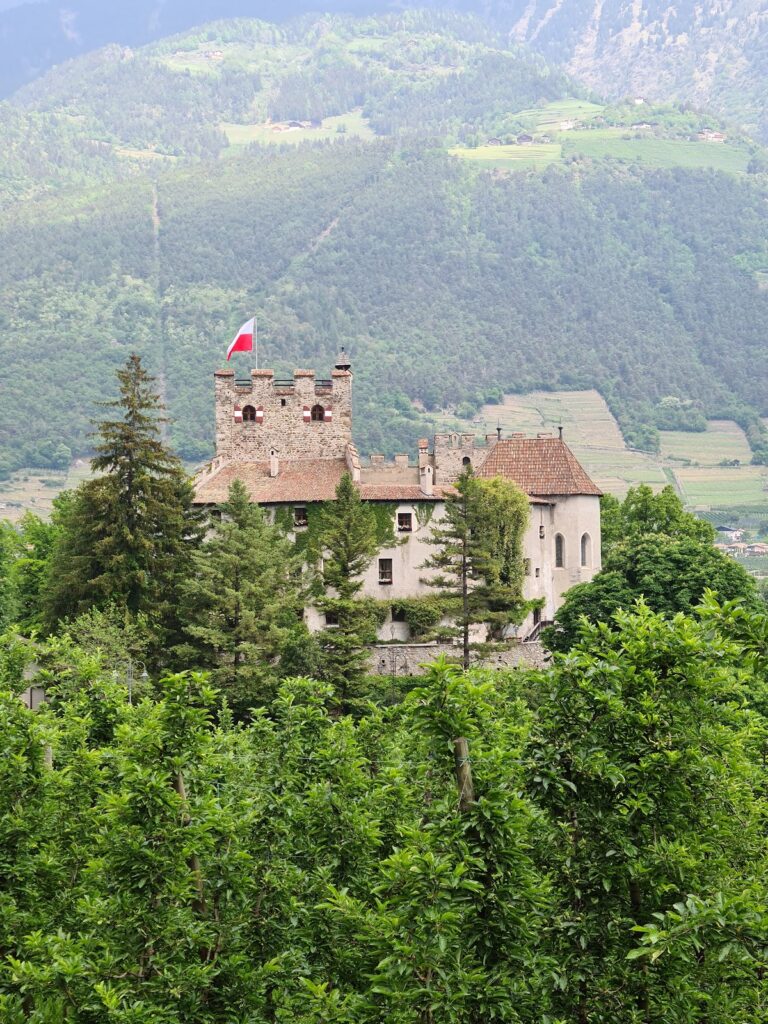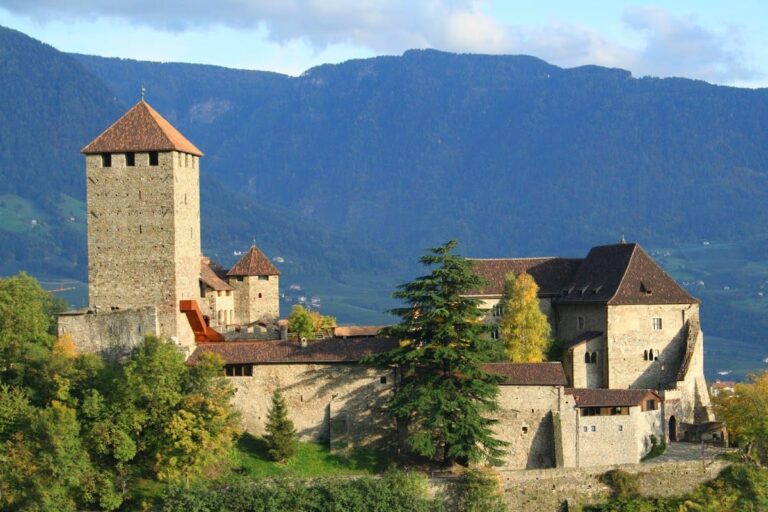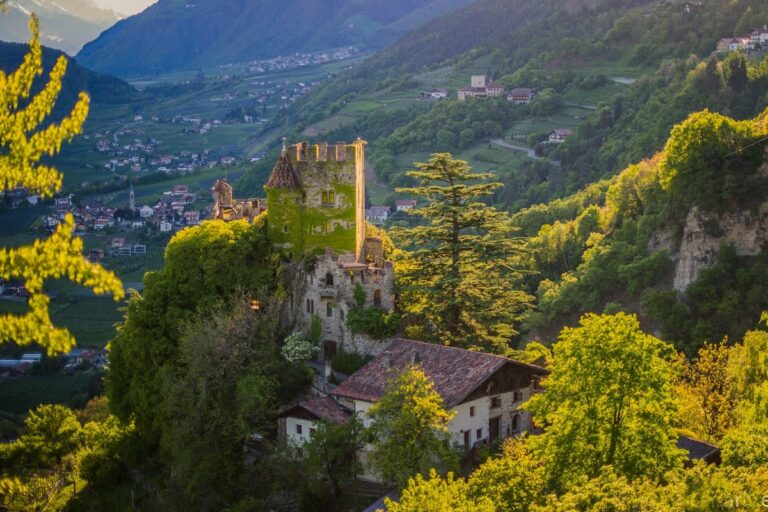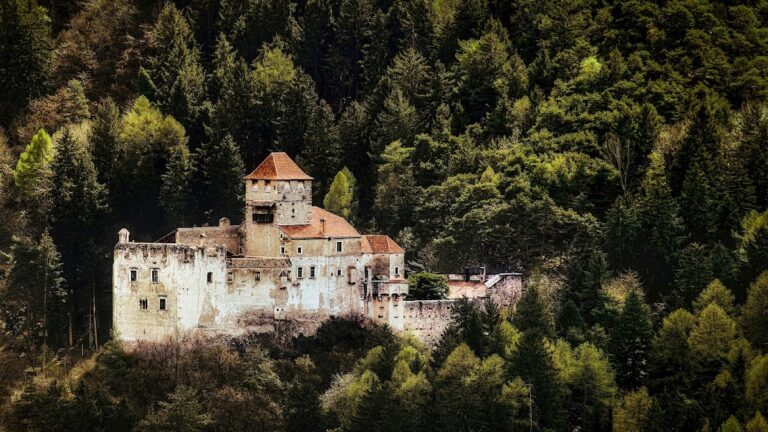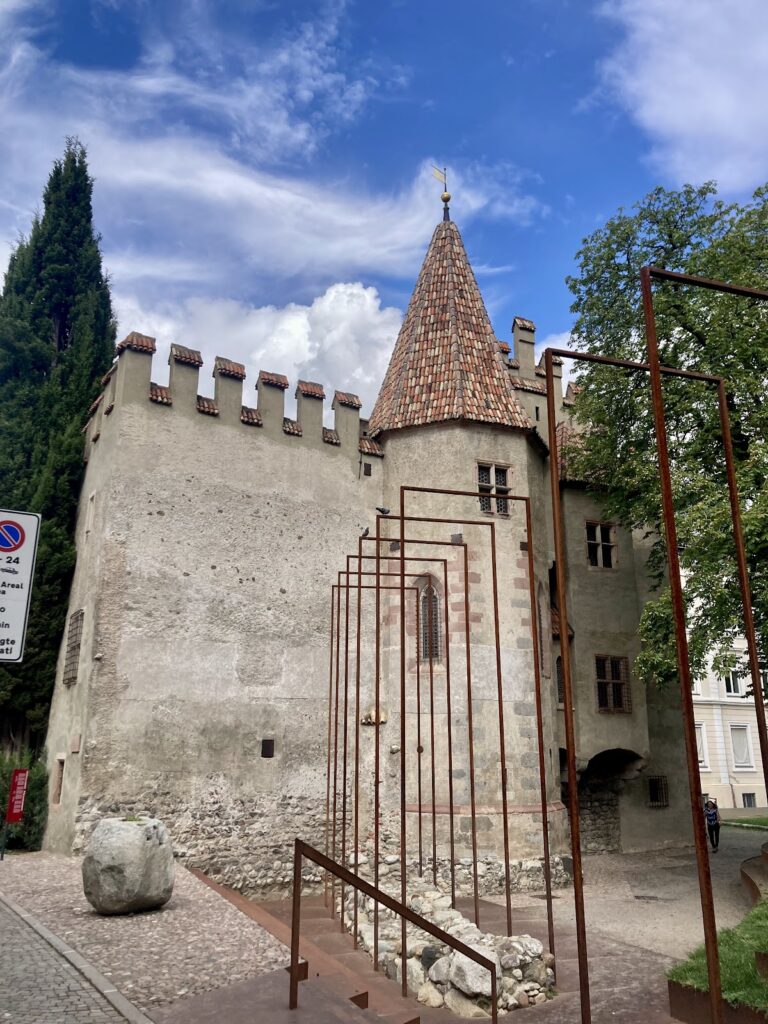Stachlburg Castle: A Medieval Fortress and Winery in Partschins, Italy
Visitor Information
Google Rating: 4.6
Popularity: Very Low
Google Maps: View on Google Maps
Official Website: www.stachlburg.com
Country: Italy
Civilization: Unclassified
Remains: Military
History
Stachlburg is a medieval castle located in the municipality of Partschins in modern-day Italy. It was originally constructed in the mid-13th century by the lords of Partschins, who descended from the Tarantsberg family. The castle’s oldest core, a central defensive tower known as a bergfried, dates back to around 1250.
Throughout the late Middle Ages, Stachlburg remained under the control of noble families connected to the region’s feudal structures. In the 16th century, significant changes in ownership occurred when Georg Stachl, a steward serving the nearby Castle Forst, was granted noble status in 1538 and later acquired the estate in 1547. Historical records from this period indicate that the property was still referred to as Tarantshube in 1552, illustrating continuity with its older family lineage, but by 1576 it had come to be known as Stachlburg, reflecting the new lordship.
The castle remained a noble residence through the following centuries. The last Count of Stachlburg, Johann, born in 1778, met his death during the Tyrolean Freedom Wars, specifically in the second Battle of Bergisel on 25 May 1809. After his passing, ownership transferred through his daughter Antonia into the hands of the Freiherren von Schneeburg through marriage, then later passed to the Freiherren von Giovanelli. In 1946, the estate was acquired by the Freiherren von Kripp family, who continue to own the property today. Since 1998, the castle grounds have also supported organic wine production, adapted to the area’s elevation of approximately 650 meters.
Remains
The castle complex is organized around a central stone tower known as a bergfried, constructed around 1250, which served as a fortified keep or last line of defense. This tower is topped by a distinctive pyramidal roof and forms the architectural and functional heart of Stachlburg. Flanking the bergfried are two main buildings. On the west side stands a separate palas—a grand residential hall—built around 1300, representing the medieval period’s residential architecture.
On the eastern side lies a building erected between the 15th and 16th centuries, notable for its Renaissance-style stube, a heated living space designed for comfort. Around the year 1600, an intermediate building with vaulted ceilings was constructed to connect the two main structures, creating a more cohesive residential complex. This eastern building also contains a music hall established in 1727, which is distinguished by its decorative stucco ceiling and allegorical wall paintings, reflecting the artistic tastes of the 18th century.
Near the castle garden, there is a small outbuilding facing the square. In 2007, during restoration work, a coat of arms belonging to King Ferdinand I was uncovered on its facade, adding a notable historical detail to the site’s exterior. The castle’s construction predominantly features stone and masonry characteristic of medieval fortress design, ensuring its durability over centuries. Today, Stachlburg is well maintained and preserved as a private residence and winery, with its historical features largely intact.
